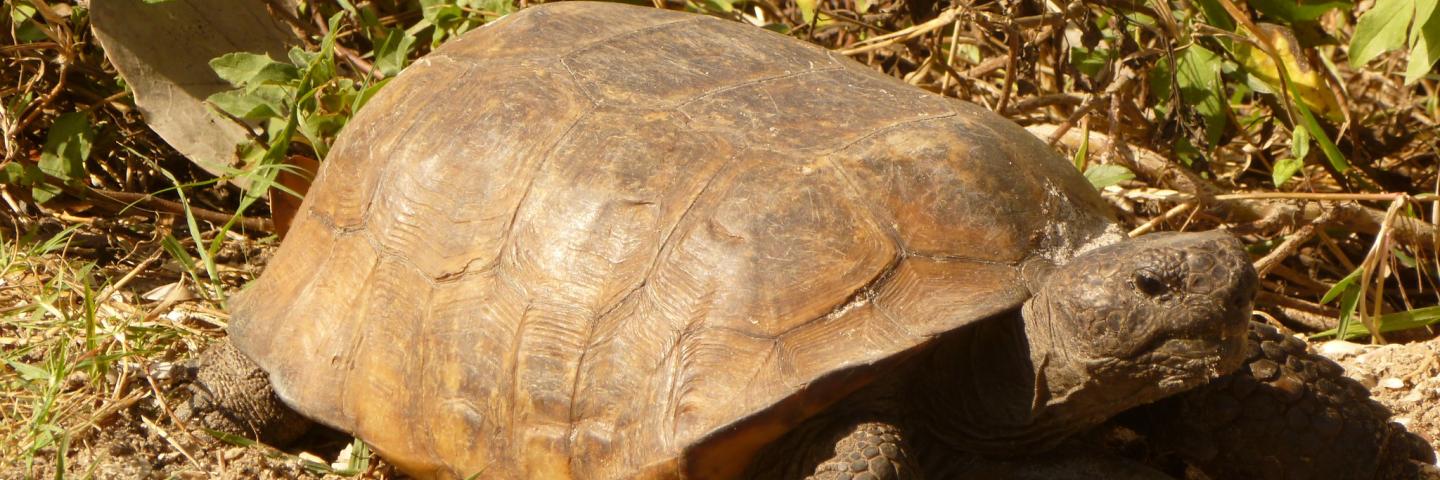Secure Working Forests for Longleaf Pine, Endangered Species

Longleaf pine ecosystems are critical habitat for threatened and endangered species such as gopher tortoises and red-cockaded woodpeckers.
Through a Regional Conservation Partnership Program (RCPP) project, the U.S. Endowment for Forestry and Communities led a broad partnership effort to permanently protect nearly 16,000 acres of existing and to-be-restored longleaf pine forests in Georgia and Florida.
RCPP promotes coordination between local partners and landowners to address resource concerns on private lands.
The project benefitted from the use of multiple types of easements and activities made available by USDA’s Natural Resources Conservation Service (NRCS) within the RCPP framework. Agricultural Conservation Easement Program (ACEP) and Healthy Forest Reserve Program (HFRP) easements permanently protected acreage while Environmental Quality Incentive Program (EQIP) contracts with landowners and producers were used to implement land management activities.
Working with The Nature Conservancy’s Florida Chapter, a 1,816 acre working cattle ranch was protected under an ACEP easement. This is part of the Avon Park Sentinel Landscape, a Department of Defense initiative to provide a buffer against incompatible development for the nearby Avon Park Air Force Base. The tract provides habitat for Florida Black Bears and several bird species.
In collaboration with the Georgia Department of Natural Resources, RCPP HFRP easements covering 13,219 acres protects two critical gopher tortoise populations. These properties are high priorities for the Georgia Gopher Tortoise Conservation Initiative, which seeks to protect at least 65 viable populations of the eastern population of gopher tortoises. Experts hope that if this goal is achieved, it will not be necessary to list the eastern tortoise population as Threatened or Endangered.
The project partnership included the U.S. Air Force, the Georgia Gopher Tortoise Conservation Initiative, the Georgia Department of Natural Resources, America’s Longleaf Restoration Initiative, The Nature Conservancy, The Trust for Public Land and the Georgia-Alabama Land Trust.
As part of the Army Compatible Use Buffer (ACUB) Program, project funding was used by the Georgia-Alabama Land Trust to protect two properties. An ACEP easement protected a 798-acre forested wetland corridor linking Ft. Stewart, Georgia, to the Altamaha River, known as the “Amazon of the South.” A second tract protected 240.4 acres.
Projects simultaneously protected and restored longleaf ecosystems, improved habitat for key species, increased predictability for private landowners and the military for potential future Endangered Species Act listing decisions and maintained working forests that supply the forest industry. NRCS invested approximately $8 million, which was leveraged by $12.2 million in partner contributions.

